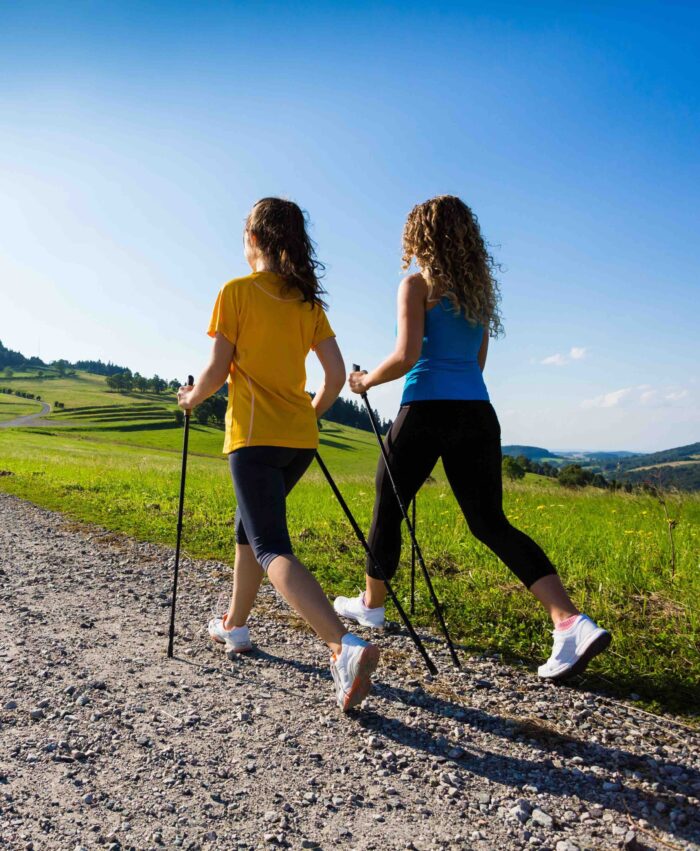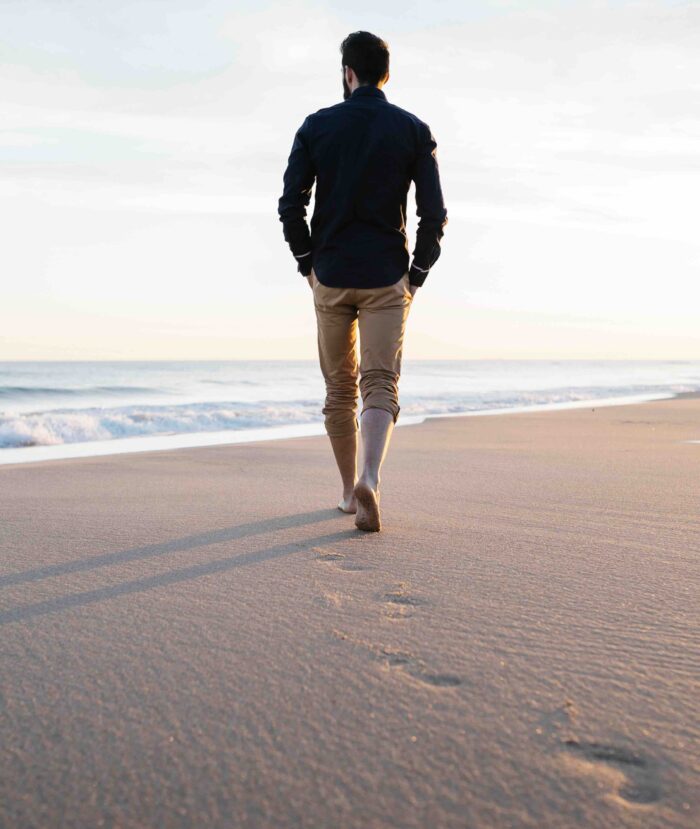BioMechanics
Every single human being is uniquely different—the way we talk, the way we think, the way we interact with one another, with our own qualities and desire for adventure.
This individuality extends to the way we walk as well. Some individuals have flat feet, while others have high arches. Some pronate, while others supinate. The alignment between the hips, knees, and feet can vary greatly among different individuals when standing, walking, or running.
When discussing the shape, interaction, and movement of the muscles, bones, and tissues in your feet, legs, and hips, we delve into the realm of biomechanics. Your biomechanics are uniquely yours.
Poor or faulty biomechanics resulting from deformities, poor posture, or bad habits can lead to pain, discomfort, and an increased risk of injury. If you are struggling with foot or leg pain or find yourself repeatedly suffering from similar injuries without understanding why, a biomechanical analysis may hold the answers you seek.
Steps: More Complicated Than They Seem
Think about the intricacies of your steps—far more complex than they initially seem. Every footstep involves a highly coordinated sequence of motions during the “stance phase” of your gait, which consists of five significant parts:
- Heel Strike: This phase initiates the moment your foot first makes contact with the ground at the heel.
- Early Flatfoot: It begins when your entire foot touches the ground and continues until your center of gravity passes over the top of your foot. During this phase, your foot primarily acts as a shock absorber.
- Late Flatfoot: After your weight shifts over the middle of your foot, it transitions into a lever, preparing for propulsion.
- Heel Rise: As your heel lifts off the ground, the rigid lever propels you forward.
- Toe Off: This phase commences as your entire foot leaves the ground, marking the beginning of the swing phase.
Particularly during the heel rise, your feet are subjected to forces significantly greater than your body weight—2-3 times during walking, 4-5 times while jogging, and as much as 7 times during sprinting.
Considering the number of steps we take in a day and the tremendous force our feet endure, even minor skeletal malformations or misalignments in the ankles, knees, and hips can gradually lead to severe pain and conditions like arthritis.
What We Can Do For Your Biomechanics
At Sierra Foot & Ankle, we offer a thorough range of solutions to address biomechanical issues. While addressing structural foot issues is a fundamental part of what we do as foot care experts, we take it a step further with gait analysis. This analysis involves the observation and recording of how your legs and feet move together while walking or running.
Gait analysis can reveal various issues, such as knees bending too far inward or outward, over-striding with excessively straight legs at impact, or a multitude of other concerns that are otherwise overlooked.
Based on the findings, we may recommend arch supports to raise a flat foot or other orthotic devices to accommodate an unbalanced heel strike. Physical therapy and targeted exercises could be another effective option, such as strengthening the gluteal muscles to stabilize the knees.
In many cases, eliminating pain and soreness requires no “treatment” other than unlearning detrimental habits, shortening strides, and increasing cadence. The more knowledge you gain about your biomechanics, the better equipped you are to understand why certain injuries may be occurring and how to avoid them in the future.
See How Treating Biomechanics Can Help You
Our podiatrist, Dr. Victoria L. Melhuish is well-versed in the intricacies of foot and ankle biomechanics. We know that even the slightest misalignment or deformity can have far-reaching effects on your overall foot health and mobility. Whether you are an athlete looking to optimize performance or someone seeking relief from chronic pain, our goal is to empower you with knowledge and personalized treatment options.
If foot pain, soreness, or persistent injuries are affecting your quality of life, and you have not been able to find relief, we encourage you to schedule an appointment with Dr. Melhuish at our office in Carson City. Reach out to us online or give us a call at (775) 783-8037. Our team is dedicated to helping you understand your unique biomechanics and take proactive steps toward a life free from pain and discomfort.
Get In Touch
Address
2350 South Carson St
Suite 3
Carson City, NV 89701
Contact
Call: (775) 783-8037
Fax: (775) 782-3787
OPT-IN To Text:
By texting our office at
(775) 783-8037 from your mobile phone, you are consenting to receive SMS text messages from our staff. Reply STOP to unsubscribe.
*Read our Privacy Policy & Terms and Conditions.
Social




© Sierra Foot & Ankle. All Rights Reserved. Privacy Policy.
Web Design by CP Solutions. Marketed by VMD Services.


